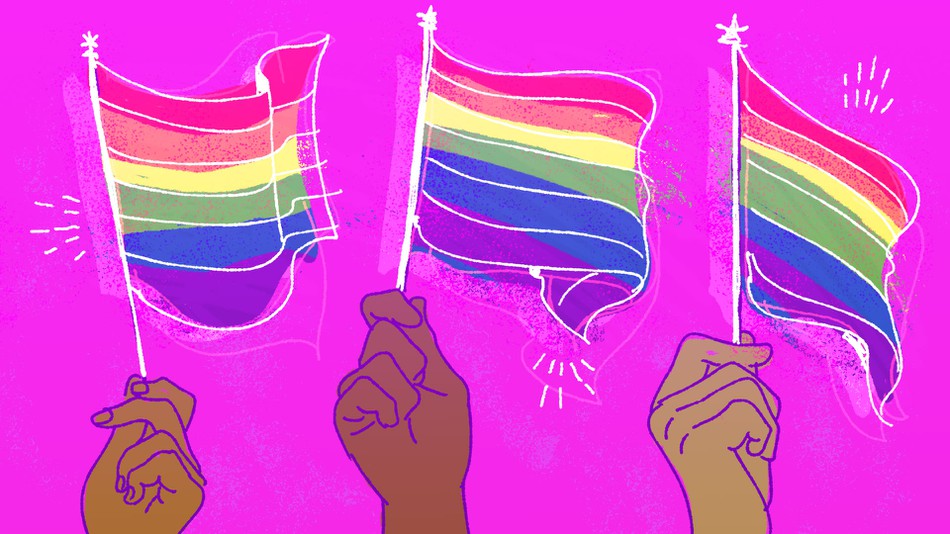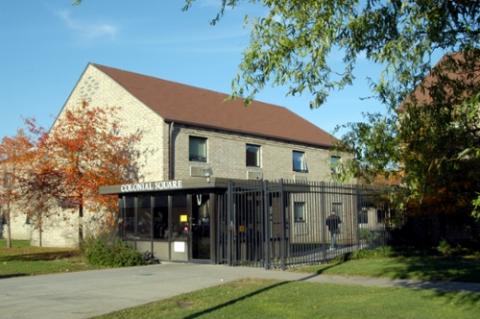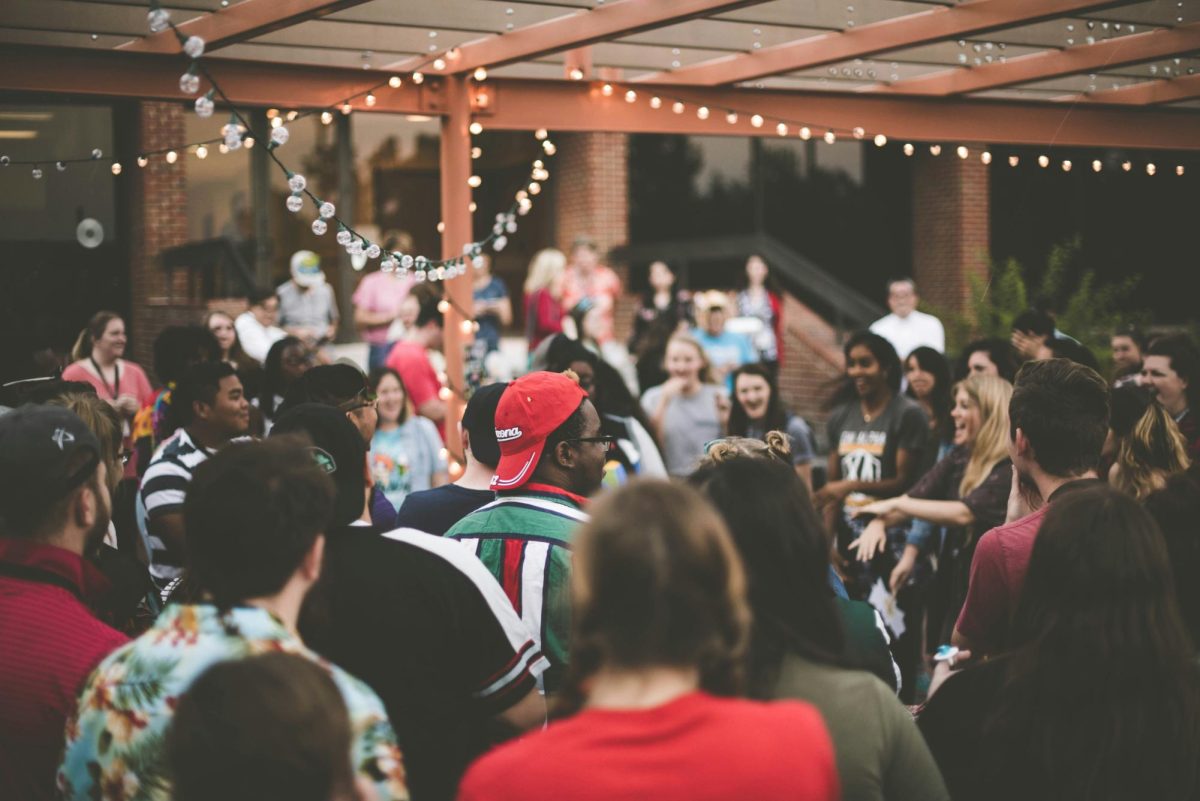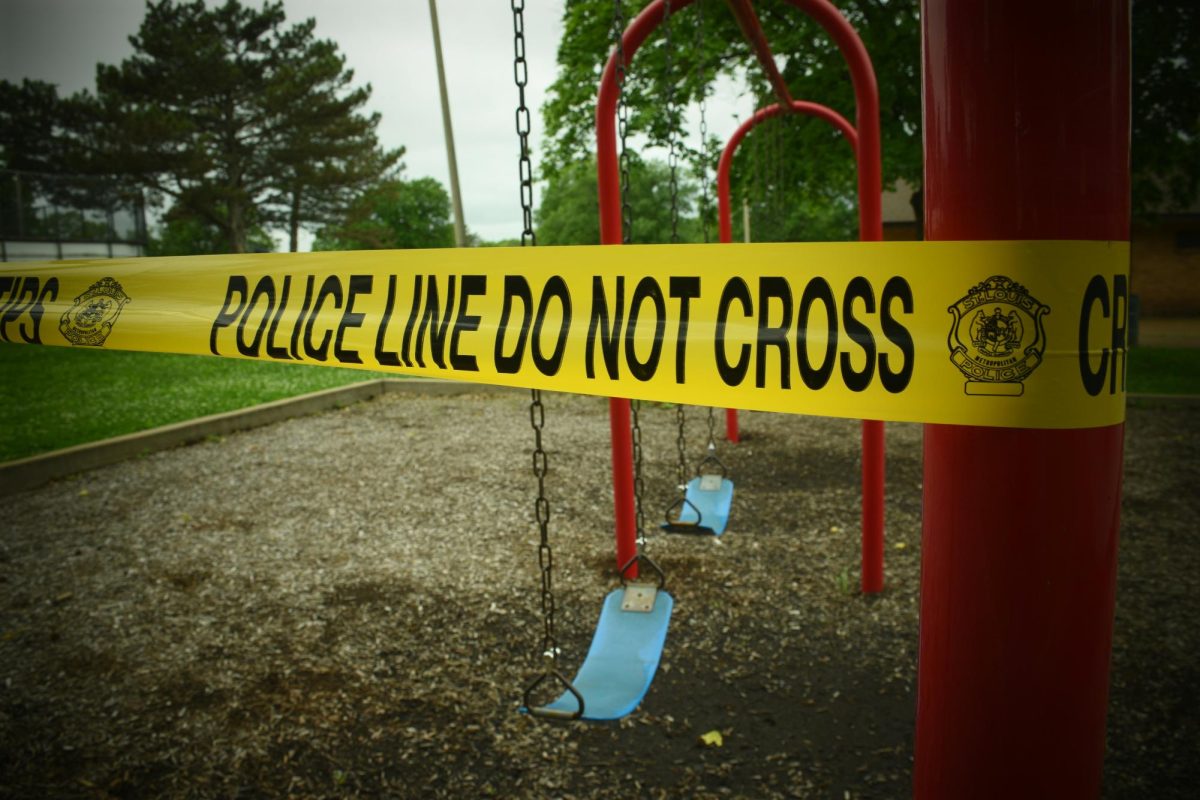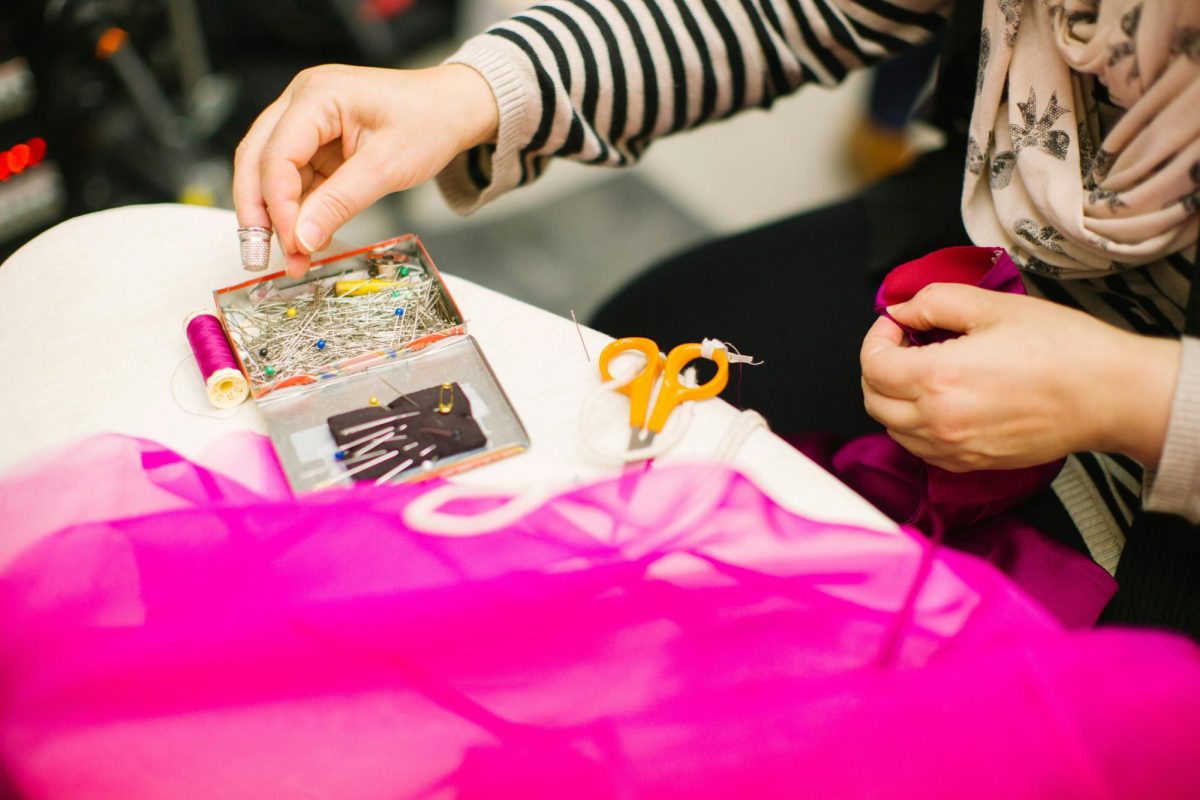For college campuses across the country, there is the ever-present pressure to obtain visible, compositional diversity. To do so, many college campuses, including our own, have established physical spaces, launched public relations campaigns and implemented inclusivity and equity initiatives.
Because these efforts are rooted in a desire to see the university reflect compositional diversity rather than to reflect equitable and inclusive educational opportunities, there are populations whose visibility has harmed them more than helped them. These populations include students of color, LGBTQ+ students and most often students who identify as both LGBTQ+ and of color.
When universities tout “diversity,” these populations are typically fulfilling that role. Ironically enough, despite queer and transgender people of color ticking many of the boxes universities are looking for, this population remains neglected by not only institutional diversity and inclusivity efforts but also student diversity and inclusivity efforts.
Hofstra is among the more unique institutions touting diversity, because Hofstra has the Queer and Trans People of Color Coalition (QTPOCC), an organization operated by and for queer and trans students of color at Hofstra. Since its inception just two years ago, QTPOCC has independently and collaboratively facilitated dozens of educational and social programs for queer and trans students and their allied communities.
QTPOCC is now among the most visible student organizations on Hofstra’s campus. This is not because QTPOCC is a multicultural organization or because it is an LGBTQ+ organization; it is because it is both, and at most institutions there is no space for queer and trans people of color to be both.
As I alluded to earlier, the visibility and necessity of this space has not eliminated the burden of being a queer and trans student on Hofstra’s campus. For whiteness and cis-heteronormativity permeate even student-run “safe” spaces.
A byproduct of the quest for compositional diversity and the reduction of student engagement to a resume builder is that those whose activism begins and ends with the mere acknowledgement of their socio-political privileges often elect themselves to positions of authority in these “safe” spaces, making them unsafe for those without these same socio-political privileges.
How? Well, those who are white and LGBTQ+ and those who are cisgender, heterosexual and of color are also told that these “safe” spaces are built for them. So, naturally, they take up these spaces. They do so in droves because they can. They do so because although they tick one less box than queer and trans students of color, they still tick a box.
And so, even when queer and trans people color call these individuals out as being opportunistic, being political saviors and not demonstrating a willingness to do the work, these individuals are still allowed to occupy and to dominate these spaces at queer and trans people of color’s expense.
And queer and trans people of color will kick and scream the entire time that those who endanger their community occupy these spaces. You know, until these individuals eventually grow bored of occupying these “safe” spaces and move on to something new.
Unfortunately, the terror does not simply end when those who endanger the most vulnerable move on from organizations or spaces. The terror continues because then these individuals believe that they somehow enriched these more vulnerable communities and that they somehow have grown wiser from perpetuating racist, homophobic and trans-antagonistic violence under the justification of uplifting their own. They believe this to such an extent that they will lead strangers to believe that they were all but the underground railroad conductor.
What do we do about this cycle? What do we about this cycle of vulnerable populations always looking for someone smaller than them to cope with their feelings of inferiority? What do we do when queer and trans people of color are gaslighted? What do we do when queer and trans people of color are made to feel like monsters for not trusting those who colonize the spaces that only exist because of the sacrifices of their queer and trans ancestors and our black and brown ancestors?
How do we stop allowing those who do not want to do the work occupy these spaces and then leave believing that they did the work rather than obstruct it?
Well, we could start with doing a better job at illustrating the fact that willingly ticking a box makes you a token, not an activist, and that endangering the most vulnerable among us for brownie points on pussy-hat Twitter makes you a monster, not a savior.

